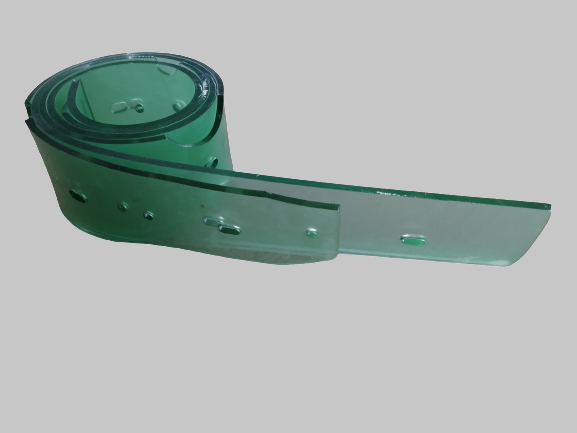
Empty the water tank and scrubbing solution tanks
To empty the water tank and scrubbing solution tanks after each use, start by draining the tanks of all water and solution. Once emptied, use hot water and a mild detergent to scrub the inside of the tanks, paying special attention to any crevices where bacteria may accumulate. Rinse the tanks thoroughly with clean water and allow them to completely dry before storing or refilling.
Replace the scrubbing pads regularly
To replace the scrubbing pads regularly for optimal cleaning, you should follow these steps:
- Unplug the scrubbing machine
- Lift off the old scrubbing pads
- Wipe down the scrubbing machine to remove any dirt or grime
- Install the new scrubbing pads
- Plug the scrubbing machine back in
- Test the scrubbing machine to ensure optimal cleaning.
Clean the floor scrubber squeegee blades.
To clean the squeegee blades and brush rollers, you should use a damp cloth and mild detergent to remove any dirt and debris. Additionally, you should check the floor cleaner squeegee and rollers for any signs of wear or damage and replace them if needed.
Inspect the scrubbing brushes
- Inspect the scrubbing brushes for signs of wear and tear. Look for any rips, tears, or fraying of the bristles.
- Check the scrubbing brush handle or body for any cracks or other signs of damage.
- Examine the scrubbing brush to determine if it is still in good working condition.
- If the brush is worn or damaged, replace it with a new one.
Make sure to check the power cord
- Empty the water tank by draining all the water out using a hose or other draining device.
- Use a sponge or brush to scrub the inside of the tank to remove any dirt or debris.
- Rinse the tank with a cleaning solution and hot water.
- Fill the tank with a disinfectant solution and let it sit for 10-15 minutes.
- Drain the disinfectant solution and rinse the tank with clean water.
- Refill the water tank with fresh, clean water.
- Repeat steps 1-6 for the scrubbing solution tank.
Lubricate the drive chain and other components regularly.
To lubricate the drive chain and other components regularly, first remove the chain from the bike and clean it with a degreasing agent. Once the chain is dry, apply a thin layer of lubricant to each link. Once lubricated, reinstall the chain onto the bike and work the pedals to ensure the lubricant is spread evenly. Then, lubricate other components such as the brake and derailleur cables, pivot points, cleats, and any other moving parts.
Ensure the battery is charged regularly
To ensure the battery is charged regularly, you should plug in the device when it is not in use to keep it at a full charge. Additionally, you should also monitor the battery health by checking the “Battery Health” tab in the Settings app of your device. If the battery health is declining, it is best to replace it as soon as possible.
Inspect the vacuum hose for cracks
- Inspect the vacuum hose for any cracks by visually inspecting it.
- If any cracks are found, replace the hose with a new one.
- Secure the new hose in place with the clamps or fasteners that were included with the vacuum.
- Test the vacuum to make sure it is working properly.
Clean the vacuum filter regularly
it is important to regularly clean the vacuum filter to ensure optimal suction. It is also important to check the filter for any signs of wear or damage and replace it if necessary.
To clean the vacuum filter regularly, first unplug the vacuum and remove the filter. Depending on the type of filter, you may need to shake it out or rinse it with water. Allow it to dry completely before replacing it in the vacuum. Make sure the filter is securely in place before plugging the vacuum back in and using it.
Inspect the wheels and casters regularly
- Inspect the wheels and casters regularly for signs of wear and tear, such as cracks, dents, or uneven treads.
- If any damage is found, replace the wheel or caster immediately.
- Be sure to check the axle and bearings on the wheel or caster for signs of wear and tear as well.
- Use a soft cloth to gently clean the wheels and casters to remove any dirt or debris that could accelerate wear and tear.
- Make sure to lubricate any moving parts on the wheel or caster to ensure smooth operation.
- Check the wheels and casters for any signs of rust or corrosion, and replace them if necessary.

